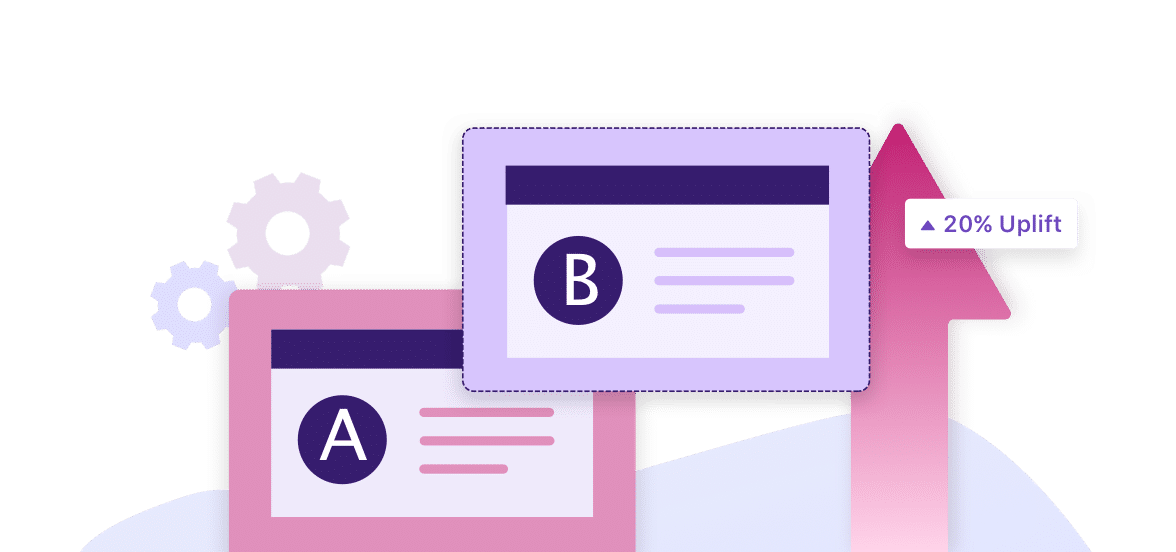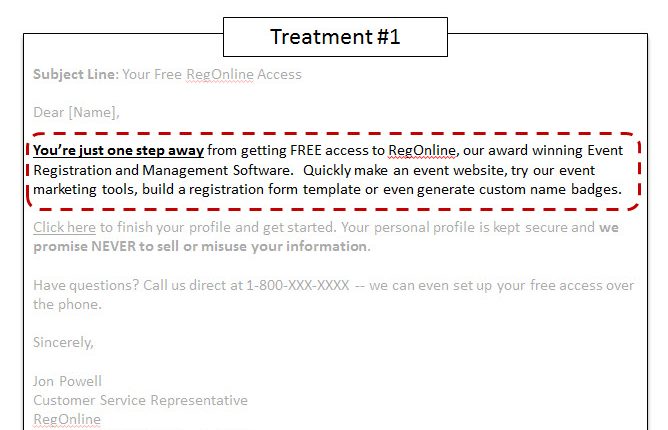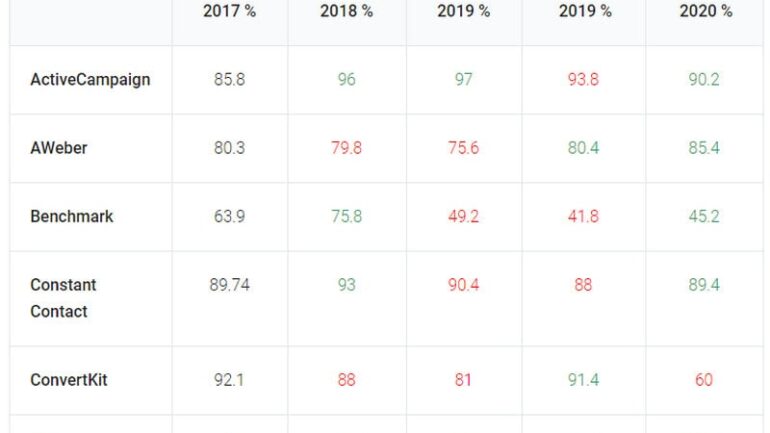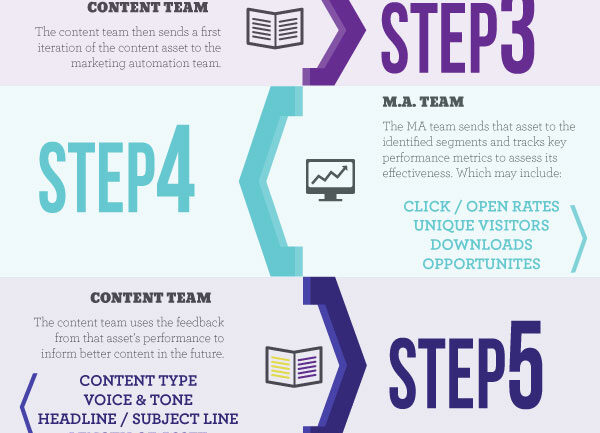Introduction
Welcome to our blog post on A/B testing for better email results! In today’s digital age, email marketing continues to be a crucial tool for businesses to engage with their audience and drive conversions. However, crafting the perfect email that resonates with your subscribers can be challenging. That’s where A/B testing comes in. By conducting experiments and analyzing the results, you can optimize your email campaigns and achieve improved outcomes. In this post, we will dive into the world of A/B testing and explore how it can help you refine your email strategies.
1. What is A/B Testing?
A/B testing, also known as split testing, is a method of comparing two versions of a webpage or email to see which one performs better. It involves creating two variants of an email, with only one variable changed between them. This variable could be the subject line, the call-to-action, the layout, or any other element you want to test.
1.1 Why is A/B Testing Important?
A/B testing allows you to make data-driven decisions rather than relying on assumptions or best practices. It provides concrete evidence of what works and what doesn’t, enabling you to optimize your email campaigns for maximum effectiveness.
2. Setting Up an A/B Test
Before you start A/B testing your emails, it’s important to establish clear goals and metrics to measure success. Define what you want to achieve and determine the key performance indicators (KPIs) that will indicate whether your test is successful or not.
2.1 Choosing the Variable to Test
Decide which element of your email you want to test. It could be the subject line, the sender’s name, the email copy, the design, or even the timing of sending the email. Focus on one variable at a time to accurately measure its impact on your email’s performance.
2.2 Creating Variants
Create two versions of your email, keeping everything identical except for the variable you are testing. For example, if you are testing the subject line, create two different subject lines and randomly assign them to your email list.
2.3 Segmenting Your Audience
Segment your email list into two equal parts and send each variant to a separate segment. This ensures that your results are not skewed by different audience preferences.
3. Measuring and Analyzing Results
Once you have sent out your variants, it’s time to measure and analyze the results. Keep track of the key metrics you defined earlier, such as open rates, click-through rates, and conversion rates.
3.1 Statistical Significance
It’s important to ensure that your results are statistically significant. This means that the differences you observe between the variants are not due to chance. There are various statistical calculators available online that can help you determine the significance of your results.
3.2 Iterative Testing
A/B testing is an iterative process. Once you have analyzed the results of your first test, use the insights gained to inform your next experiment. Continuously test and optimize different elements of your emails to achieve better results over time.
4. Best Practices for A/B Testing
To make the most out of your A/B testing, keep the following best practices in mind:
4.1 Test One Variable at a Time
Testing multiple variables simultaneously can make it difficult to pinpoint what caused the change in performance. Test one variable at a time to accurately measure its impact.
4.2 Test a Large Sample Size” “
Summary
A/B testing, also known as split testing, involves creating multiple variations of an email and sending them to different segments of your subscriber base. By comparing the performance of these variations, you can identify which elements or strategies are most effective in achieving your goals. Whether it’s testing different subject lines, call-to-action buttons, visuals, or even the timing of your emails, A/B testing allows you to make data-driven decisions and optimize your email marketing efforts. The insights gained from these experiments can lead to higher open rates, click-through rates, conversions, and ultimately, better engagement with your audience.


Hello, I’m Aiden Hibbins, a passionate and experienced Content Strategist specializing in Social Media Marketing, Web Design and Development, and SEO Optimization. With a deep understanding of the digital landscape, I strive to help businesses and individuals create compelling and effective online content strategies.



